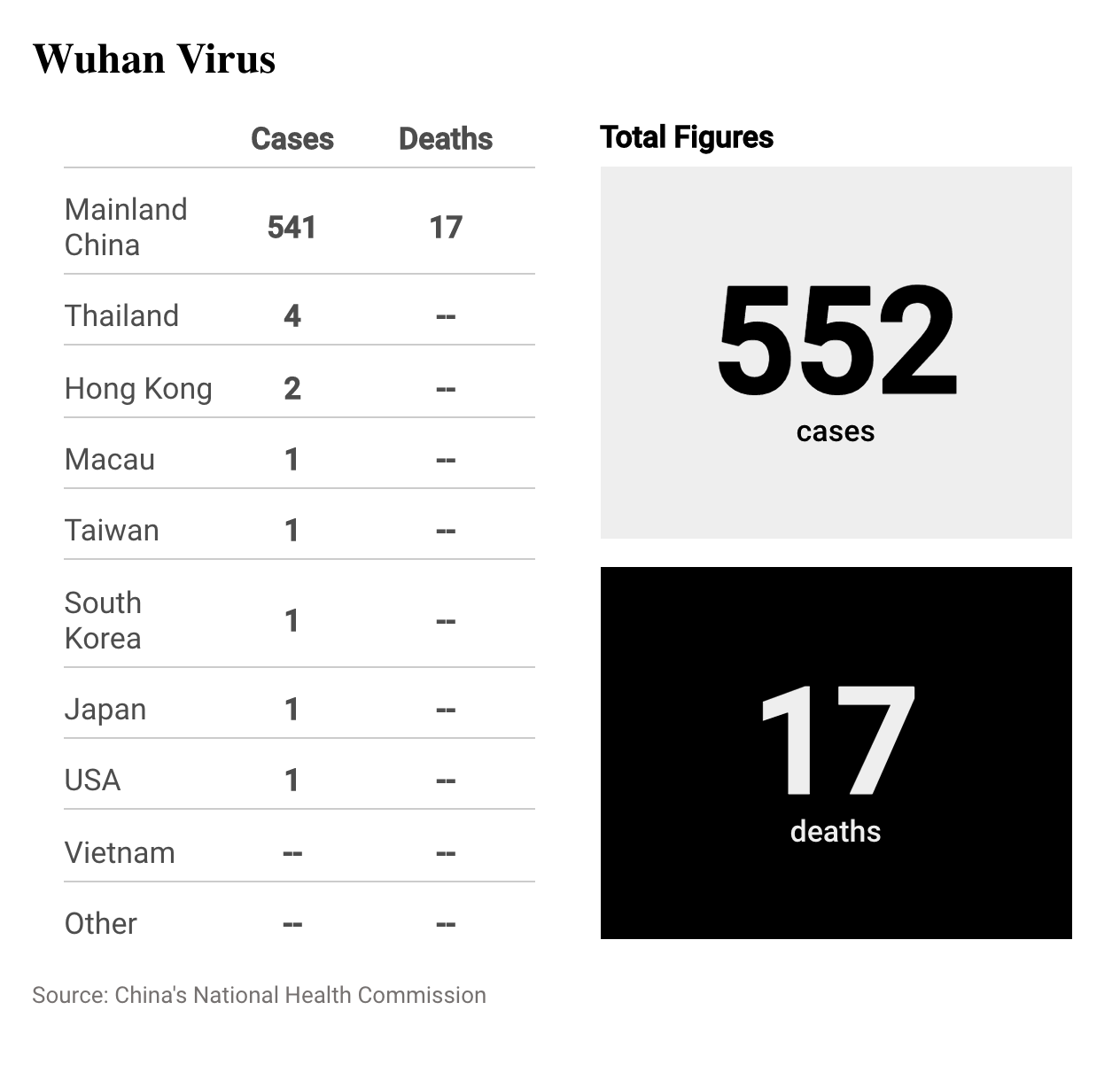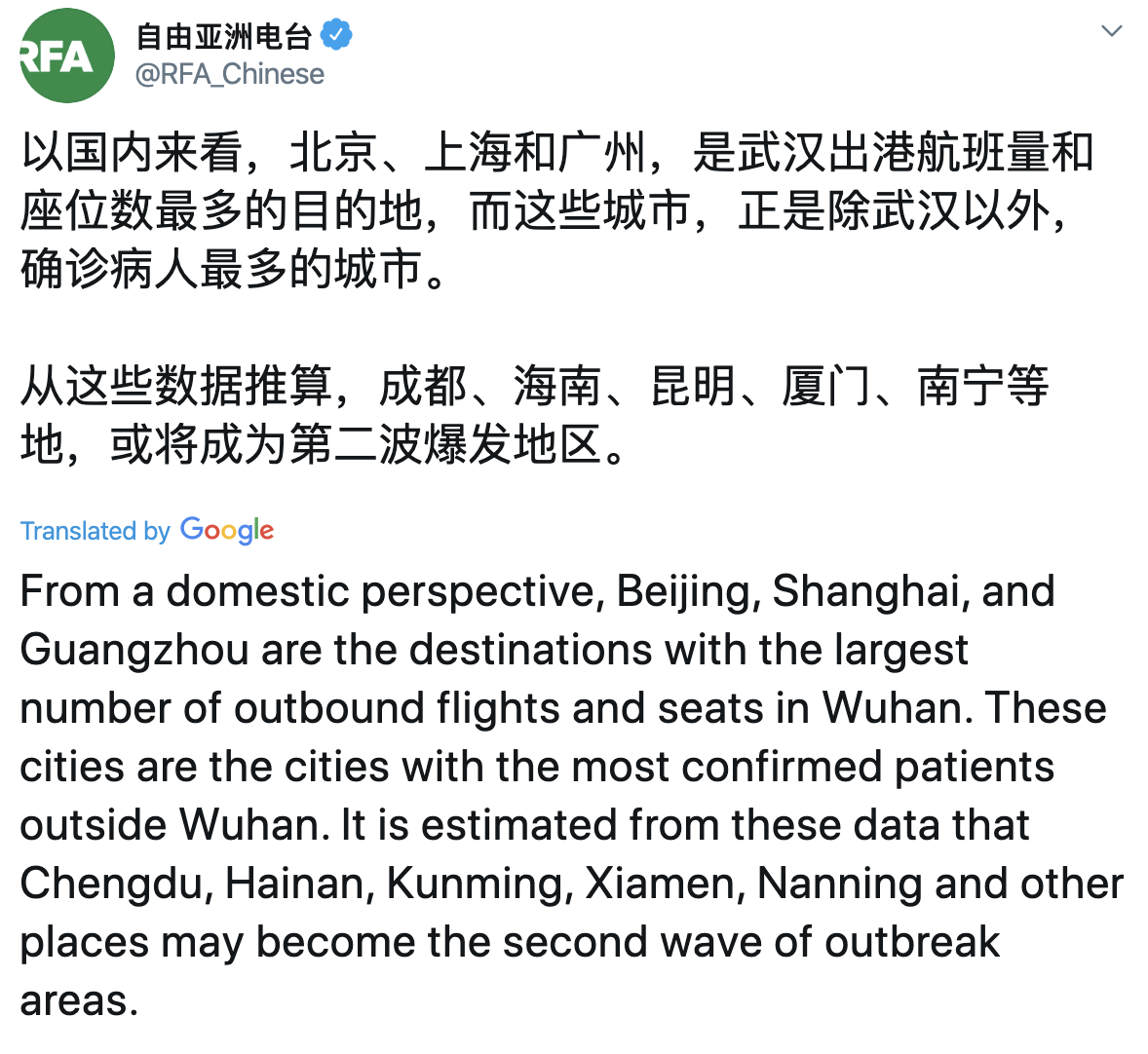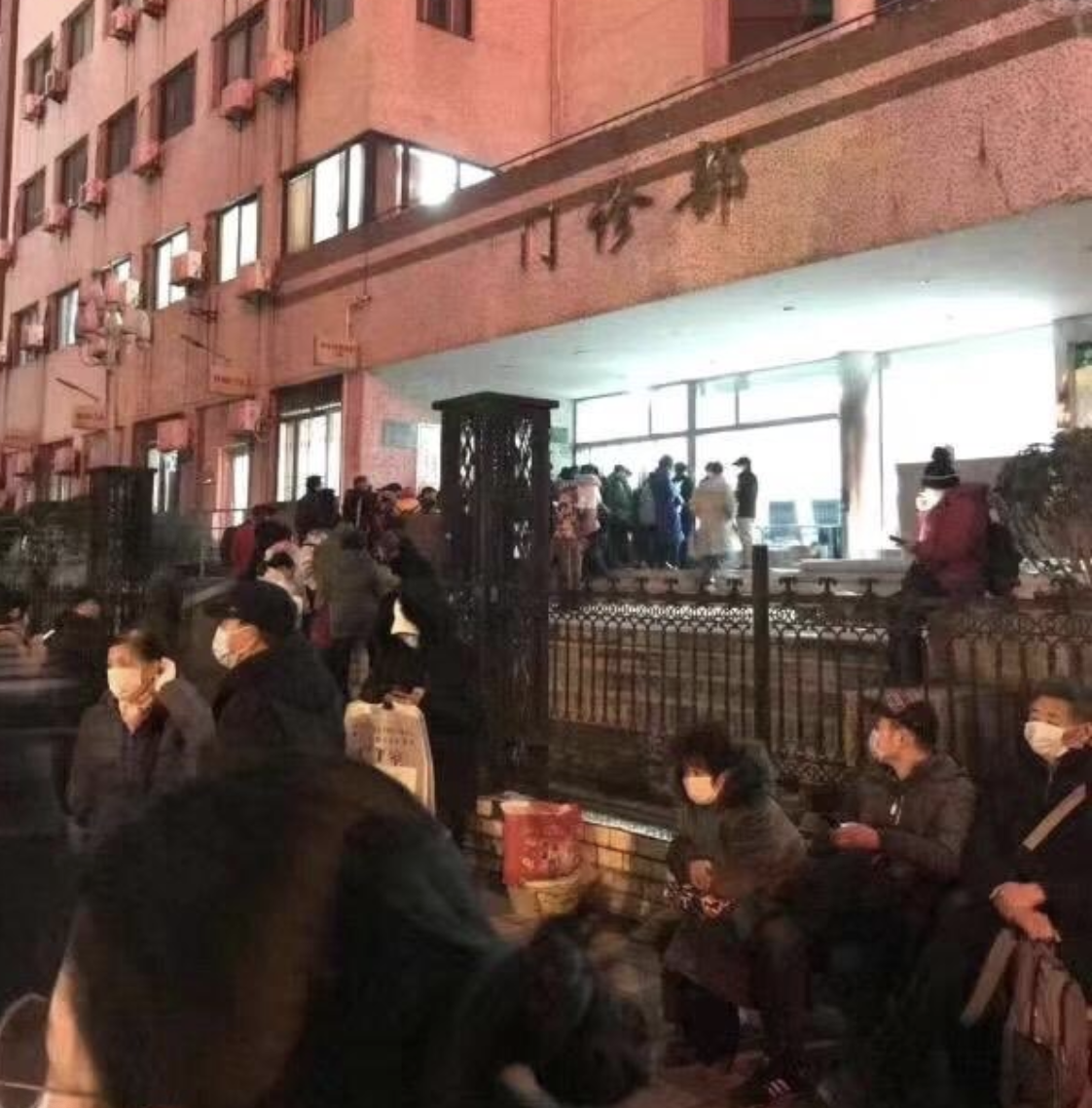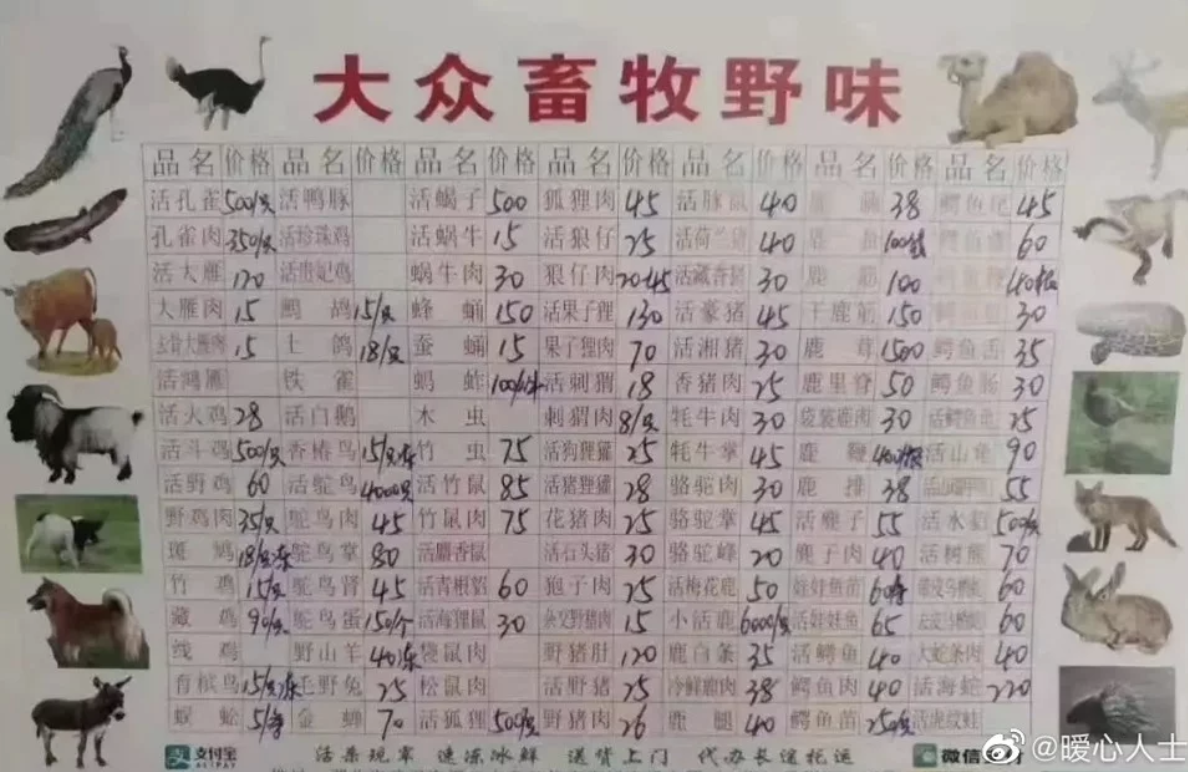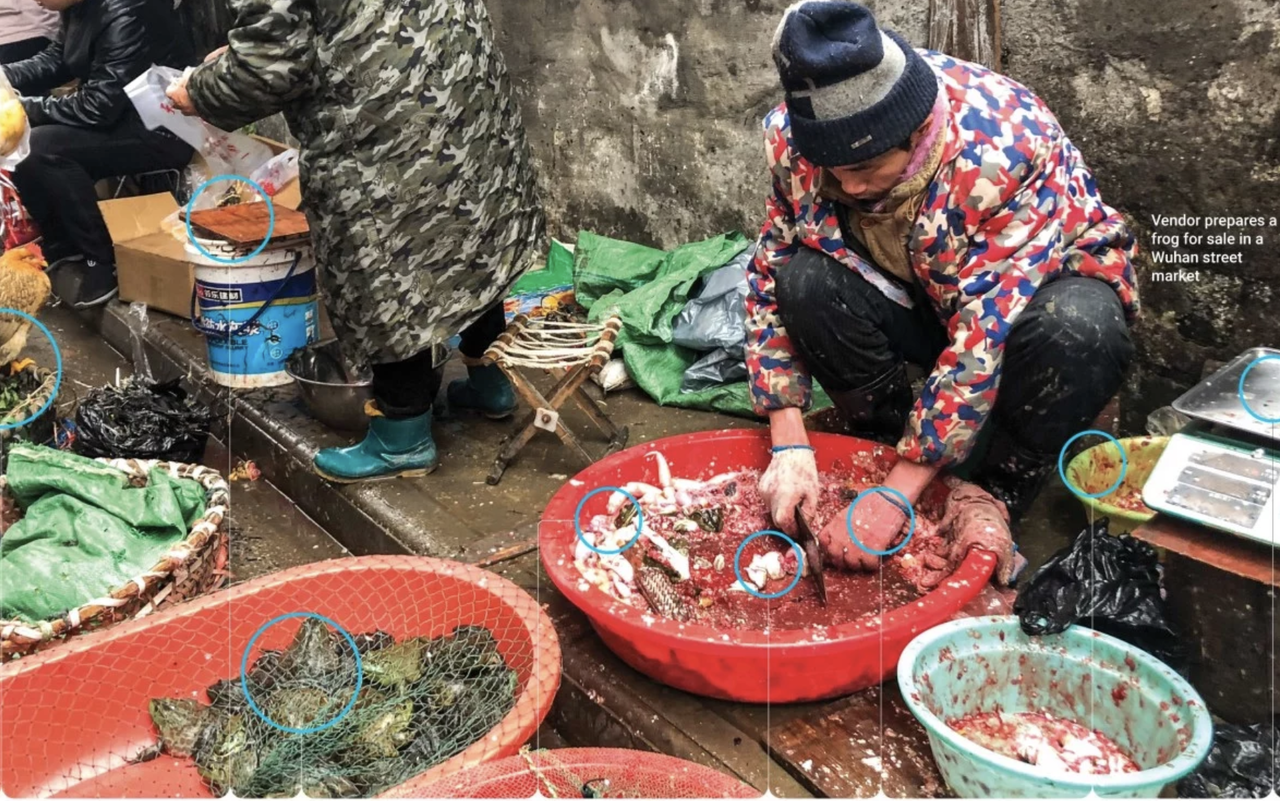Outbreak: Pictures From The Wuhan Viral Crisis
Now that the coronavirus death toll has tripled in a day, global health officials are beginning to acknowledge the real risks, and this morning’s relief rally in stocks has mostly faded (with the Dow turning slightly red on the day).
But as morbid curiosity over the mysterious virus intensifies, and the number of declared cases and deaths surge, experts are warning that the pathogen has started to evolve and change.
To try and assuage a nervous population, Chinese health officials have said that all of those who have died from the virus had other co-occurring health issues, and that the mortality rate so far is much lower than the SARs outbreak from 2003, which killed between 30% and 50% of those infected (more than 800 eventually succumbed).
And one Chinese source warned that the pattern of new cases suggest the ‘first wave’ of the virus’s spread across China has finished, and a ‘second wave’ will soon be discovered in Chengdu, Hainan, Kunming, Xiamen and Nanning.
As Beijing scrambles to contain the virus, the city of Wuhan is starting to resemble an open-air prison, as Communist Party officials have ordered that nobody enter, or leave, the city.
As hospitals rush to prepare for an onslaught of cases, one Twitter source said they were discharging patients to make room for more coronavirus victims, forcing many onto the street.
Meanwhile, the hallways of hospitals were crowded with patients exhibiting symptoms that could be early signs of the virus.
【武汉民众恐慌】
【涌到各大医院求诊】1月22日,武汉多家医院面临超高负荷:发热病人排队看肺炎检测结果。
医院通道挤满候诊市民。 pic.twitter.com/fDOi7bCguN— 自由亚洲电台 (@RFA_Chinese) January 22, 2020
Those same hospitals are setting up isolation tents to quarantine possibly infected patients.
【武汉医院搭起临时帐篷】
【应付可能出现的大量病人】1月22日,武汉多家医院已全面戒备,搭起临时帐篷,隔离可能出现的大批病人。当地人形容跟生化危机一样。 pic.twitter.com/cP72wtAlqx
— 自由亚洲电台 (@RFA_Chinese) January 22, 2020
A seemingly innocuous video of Chinese Premier Li Keqiang visiting a hospital in Xining a few days ago has prompting some Chinese to kvetch on Chinese social media that Li’s sunny disposition wasn’t appropriate given the severity of the crisis.
【李克强现身青海医院】
【要求做好防护工作】
中国总理李克强日前在西宁一家医院考察。网络流传的视频显示,医院工作人员欢天喜地地迎接这位国务院总理,结果惹来网民反弹,批评「不论死了多少百姓,中国发生多大灾难,他们(中国官员)都能气定神闲,笑容满面,甚至还能把丧事变成喜事」。 pic.twitter.com/9cShYZEhSk— 自由亚洲电台 (@RFA_Chinese) January 22, 2020
After a case was discovered in Taiwan, Taiwanese officials closed travel with Wuhan.
【新型肺炎疫情之下】
【台港有何不同?】
【管治水平高下立见?】
武汉疫情下,周三香港终于失守。署理行政长官张建宗仍坚持只要求武汉坐飞机旅客作申报,却未对高铁旅客有同样要求。
而台湾出现确诊个案后,总统蔡英文发布应对措施,并当机立断,暂停台湾出团前往武汉,并暂停武汉旅游团赴台。 pic.twitter.com/1M8COuVFFy— 自由亚洲电台 (@RFA_Chinese) January 22, 2020
Though much is still unknown about the SARS-related virus, the graphic below encapsulates current thinking on the virus’s origins, as well as steps individuals can take to protect against infection.
Factfile on the #coronavirus family, which circulate in animals and can be transmitted to humans. A new strain of this virus has been identified in #Wuhan, China. (AFP) pic.twitter.com/tPhWxQDqkp
— Learn from Data (@learn_from_data) January 21, 2020
According to a report in the SCMP, the wet fish market that has been identified as ground zero for the virus. Experts believe the virus may have jumped from one of the animals sold at the shop – known as the Huanan Wholesale Seafood Market – which sells exotic wild animals for human consumption.
The market was shut down last month after the outbreak began, and is now under investigation and surveillance.
One stall that was on the east side of the market caught people’s attention online. According to a menu posted by the stallholder on Dazhong Dianping, the most popular review and rating app in China, the store sold dozens of different live animals and poultry, along with the fish.
And given all these images, perhaps Goldman is right when they warn that the situation could worsen in the near term, given the lag between initial infection and the reporting of cases, as well as the intensity of travel in the coming week within and around China.
In particular, Q1 consumption growth in the region could decelerate if consumers are forced to cancel trips and forego leaving their house.
While the severity of the economic impact is unknown, whatever happens, it’s likely to be short-lived. In the SARS case and other recent outbreaks (e.g. H1N1, H7N9), the trough in activity typically occurred 1-3 months following the outbreak.
Increased public awareness, advancements in health technology, and better practices among both health professionals and government agencies may be mitigating factors, relative to prior outbreaks such as the 2003 SARS episode. However, transportation links and travel intensity within China have increased significantly during the intervening years, which could help accelerate the virus’s spread in the states.
Tyler Durden
Wed, 01/22/2020 – 14:35
via ZeroHedge News https://ift.tt/37iQ1gx Tyler Durden
